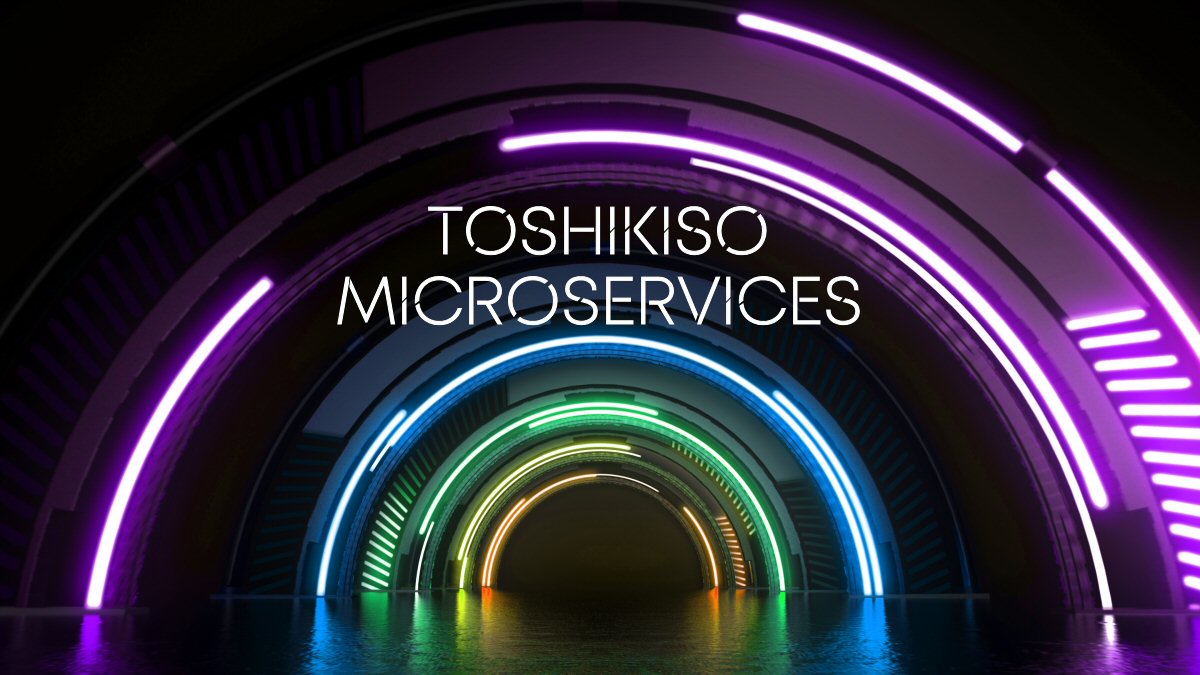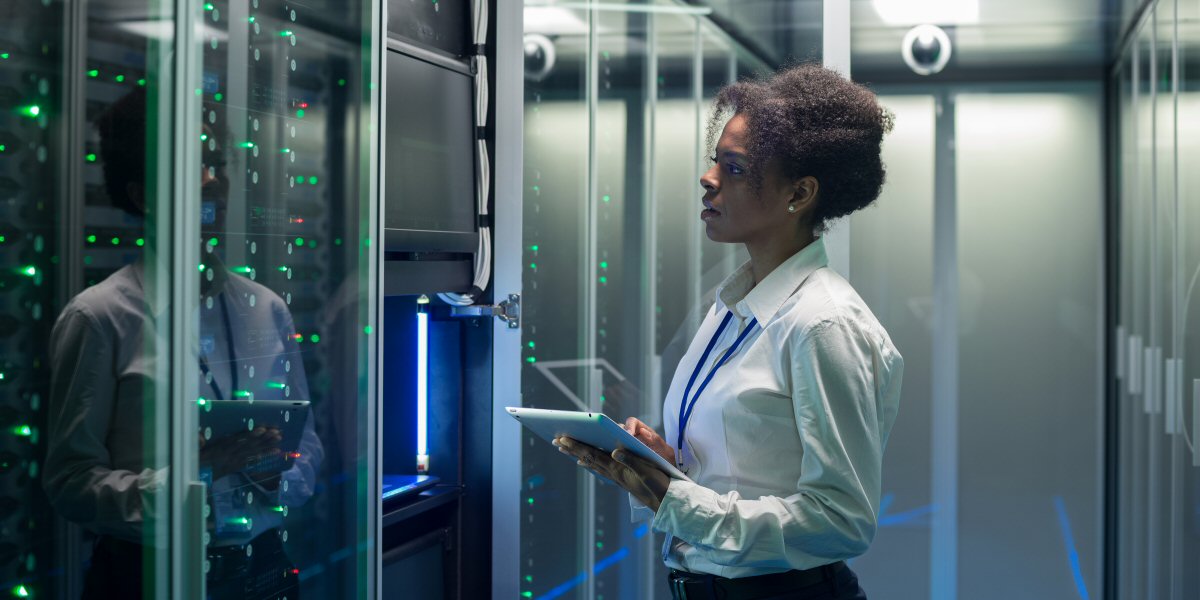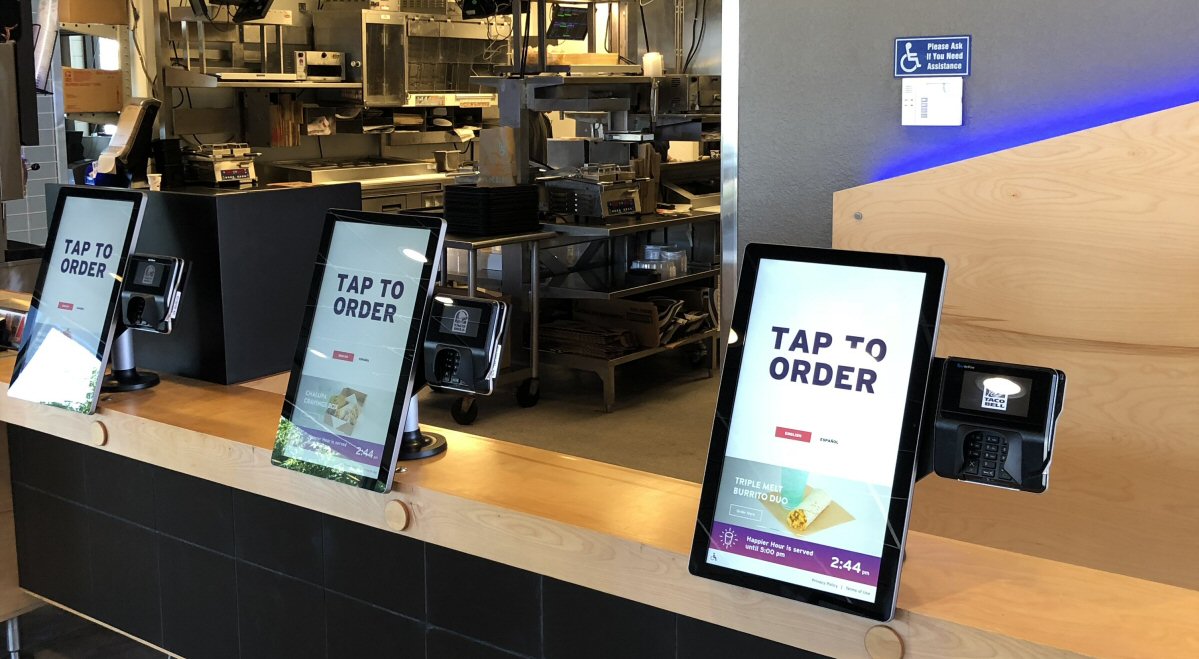Toshikiso Preview: Microservices and Identicons

In this article, we want to give a first-look discussion on the Toshikiso platform in terms of our cutting-edge and forward-looking architecture and system. The goal is to help you all understand what is the current approach to developing technology and digital solutions and make sure you not coding some outdated stuff that reduces your ability to grow and expand.
We are going to talk about identicons and microservices in this article and how they are being used in Toshikiso.
Identicons
Identicons can be described as a graphical representation of a cryptographic-generated address. Many use identicons on blogs as a default image in a comment section, such as WordPress. We are using identicons to create profiles of digital-first firms and user profiles.
As you see, we are looking at a paradigm shift of 21st-century digital firms that focus more on the service, and the branding part will be created and automated by machines. When users and entities are created in the Toshikiso ecosystem, they will have an identicon assigned to them. As you see, entities can use their identicon in branding material and this digital brand has a global reach.
A personal identicon that will be on Kossier will be used as identification where we do not have to use the real person identification. This has two benefits – the first benefit is private information is not distributed around our ecosystem, the second benefit is legal compliance where we do not have to deal with private information which is expensive fines if a firm mishandled private information, especially in the European Union and the United States.
Identicons gives us the ability to do more digital interaction than a user's private information which has no business being distributed in data networks in the first place. This means we can have appointment queue boards where people can see their food order status or delivery pickup status for delivery drivers. It means people can connect a seat table to their Kossier address and represent it by an identicon and name.
Microservices
Microservices allows Toshikiso to scale and grow very fast, so fast we are expected to reach global markets around the world very quickly upon launch. Microservices are web services or APIs that focus on domain-specific functions. A domain is a special area like inventory where you send commands to add inventory or remove inventory or replenish inventory.
As you see in the diagram, we have about 40 microservices we are making available to you to see – we got way more than 40 domains of microservices and we have about 500+ functions within those microservices. The Saved List microservice in the diagram handle “favorites” for an application where if you want to save an item like an article to read later or a favorite video – that is what the Saved List is dedicated to saving and fetching on behalf of an application.
The thing to realize about microservices is this allow distributed teams around the world to manage the system. We can have a team in Asia managing a few microservices, a team in Europe managing a few microservices and none of them interfere with each other and can develop and improve on their own with constant releases and upgrades.
Another thing is you see we don’t really need employees or workers – we can just contract the microservices to be created and find new contractors to upgrade. Most entrepreneurs can operate as a one-person army micro-entrepreneur if they learn to leverage cloud platforms and microservices to do functions and tasks 24 hours/7 days a week.
Using sagas and tasks which will be available on our Stony|Ellis platform, an entrepreneur can create workflows through events. This is called event-driven design. When a person creates a new account on our system, a saga is orchestrated where the user account is created, the passwords are stored, a new email is sent out all on separate microservices that report back tasks are completed. This is more scalable than creating one website and code line-by-line to do all these tasks that outdated computer coding courses teach people how to code.
Regions
As we mentioned before, we are designed to be a global-first, digital-first that allows scalable global growth using digitalization, which everybody trying to get to. Toshikiso already has teams around the globe but COVID-19 travel restrictions were a disruptive event that stalled our momentum. But we are moving forward and here is our planned roadmap, please note things are still fluid and subject to change.
Atlanta, USA. I plan to maintain a strong American presence but Atlanta is showing some cracks. First, Atlanta is a fronting city with wannabee lightweights faking among the real talent. We may be looking at Austin, Texas where a lot of talent and growth culture is occurring and we getting a lot of interest from colleagues to join the Austin scene. Atlanta not trying to keep us and Charlotte is outpacing Atlanta right now as North Carolina has distributed ledger laws on the books.
Tokyo, Japan. I’m personally unhappy with Japanese politics right now, I’m telling you how I really feel right now. They straight banned foreigners with permanent residents’ status in Japan from returning to Japan in 2020 – think about how devastating that is. That means you already moved to Japan, live in Japan but if you went to work on a temp assignment overseas, Japan barred you from returning back home and many people were literally homeless for months. Japan had to be pressured to let them back in. But the right people in Japan are wonderful, hardworking, dedicated, and pay is lower than in the USA plus they have a crypto culture and plenty of chill spots. I need Japan to return to normal and need the politics to change before trusting that place as a place to set up as a primary location.
Croydon, UK. We have been targeting the South London area but we may reconsider other parts of the UK area as things are fluid right now. The goal is to get a team on the ground to manage some of the microservices and build out solutions stacks that can serve the needs of businesses and firms in London. Yes, we want more BAME-operated businesses operating as digital-first after what I personally seen and observed in London that BAME does not have equality when it comes to power and ownership and talent cultivation – we want to help folks change that narrative – this is our next-up market to work on.
Johannesburg, South Africa. Always loved Joburg because they love house music and they have an awesome Black urban experience that is one of the best Black experiences in the world outside of the United States. This is another market that we can co-locate a Toshikiso hub to build out digital-first businesses in that market and serve the rest of the African continent. This may be a partnership with local entrepreneurs who will license our platform, think of Yahoo! Japan model.
Dubai, UAE. Similar to Joburg, we are going to work with a local firm that will leverage our Toshikiso platform as well. UAE is an awesome market due to the ex-pat talent drawn from around the world who also can create global solutions using Toshikiso. This is also a downline on our roadmap but to be honest, we will be moving fast due to our global scaling ability.
Prepared for Scale and Global Growth
As you see, our growth model can easily move to areas around the world and we can blow up really quick by cloning out Toshikiso and allow foreign affiliates to manage growth in their regions around the world. The solution around the world is simple, create digital-first solutions and empower entrepreneurs and firms with digitalization solutions.
Identicons allow us to create identities around the world without language/culture barriers with a universal ID system. Microservices allow us to distribute our development and management of services with specialized teams focused on domain to innovate faster and innovate quickly without dependency on other teams.
There are other areas we have not covered in this article that will be discussed in more detail. Event-driven design is very important; this is the future of programming and how businesses will operate in the Fourth Industrial Revolution. Streaming data is how we transfer an event with data to a microservice to be processed quickly. Distributed resiliency where the Japan team replicate their microservices to the UK and if someone wants to come for the UK servers, they can switch to the American microservices and we can re-route traffic elsewhere quickly – ransomware focus on outdated monolith systems but will have a harder time trying to take down globally distributed systems.
The massive benefit here is we have an ecosystem where people can become branded digital-first operations with branding on a platform while users can engage without providing personal information to engage in digital trade or digitalization-based services. That is how powerful Toshikiso is and capable of unlimited scale and growth of our business model, solutions, and services we can offer as a platform.





















